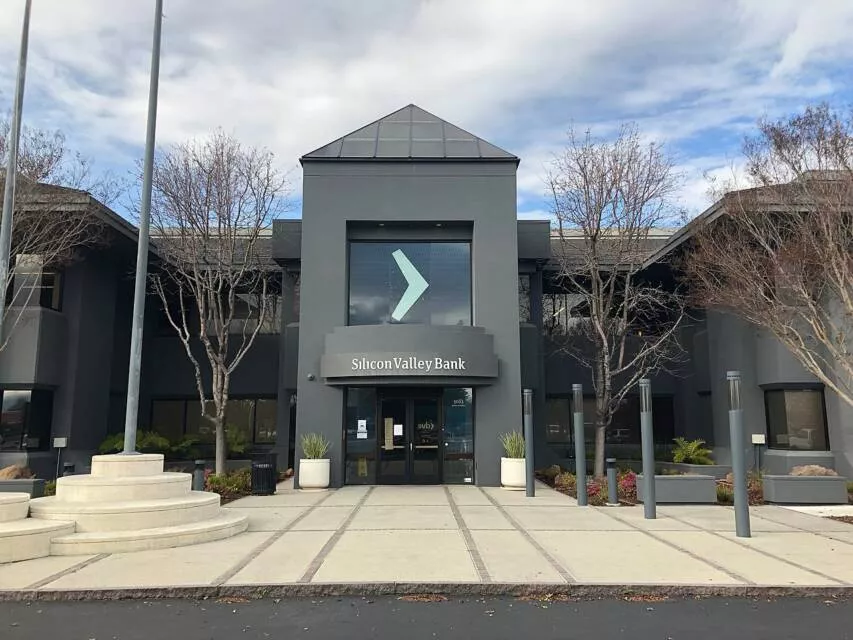Global banking and financial stocks took a massive hit on Friday after US-based commercial lender SVB Financial Group was shut down by US regulators, following a market loss of over $80 billion as stocks plummeted.
The bankâs operations were shuttered after its customers, mainly from the tech sector, made massive withdrawals, and after its latest attempt to raise new money proved unsuccessful.
Its demise is not only the largest bank failure since Washington Mutual in 2008, but also the second-largest retail bank failure in the US, with President Joe Biden saying âNo one is above the lawâ and that no customers would have to bear the burden, as the bank had enough assets to cover losses.
With this, Silicon Valley Bank became the largest US bank to fail since the 2008 financial crisis and its sudden collapse in just 48 hours led to widespread panic. This was following the banks announcement that it was planning to raise funds worth more than $2 billion to plug gaps in its balance sheet, triggering a wave of sell-offs.
As panic grew among its investors and depositors, SVB was forced to shelve its fundraising plan, but the damage was already done.
The bank has now been put under the control of the US Federal Deposit Insurance Corporation (FDIC).
Analysts said the bank became a victim of sustained high interest rates, after the US Federal Reserve, started raising key rates aggressively to tackle inflation.
As higher interest rates led to a funding squeeze for tech start-ups, SVBs clients started pulling out their money.
Then there was a domino effect, as the bank, under pressure to make up for the losses, sold a $21 billion portfolio consisting mostly of US Treasuries at a loss of $1.8 billion.
To make up for that loss, a sale of $2.25 billion in common equity and preferred convertible stock was announced, which in turn triggered concerns about its balance sheet leading to a stock plummet.
Investors immediately pulled their money from the bank and the stock sale plan was scrapped.
The FDIC has said that it would seek to sell SVBs assets. The FDIC also said future dividend payments âmay be madeâ to pay off uninsured funds.
Some of the major European banks and financial institutions around the world have faced massive losses ever since the collapse of SVB.
Many fear a situation similar to the financial crisis in 2008. The Indian government said that it is relatively safe from the effects of any contagion.
While US stock indices fell due to the contagion fueled by the SVB crisis, most analysts feel that it will not trigger any massive worldwide events.
So, who will be hurt most by the SVB crisis?
For insured depositors, the funds would be accessible by Monday morning, but for uninsured depositors, it could be a lengthy, complicated process as they would now get a âreceivership certificate.â
This could spark major concerns for thousands of client companies that need cash for their expenses.
While there may not be a full-blown financial crisis, the SVB collapse has certainly put livelihoods of many at risk.
Clients received a surprising email in their inboxes late Monday evening from the banks new CEO Tim Mayopoulos stating that the institution was not only open, it was also âbusiness as usual.â
Mayopoulos was part of the leadership suite at mortgage financing company Fannie Mae in 2008, and then went on to serve as chief executive.
Most recently, he was the president of Blend, which brings software to the consumer banking industry. Mayopoulous shared his prior experience with clients in the email, accessed by TechCrunch, adding that hes ââvery proud of work we did there to restore the company to profitability and to stabilize the housing finance system in a period of unprecedented challenge.â
Mayopoulous is looking to draw from his experience during the 2008 recession to guide the new bank through the crisis.
Stay updated with all the insights.
Navigate news, 1 email day.
Subscribe to Qrius

